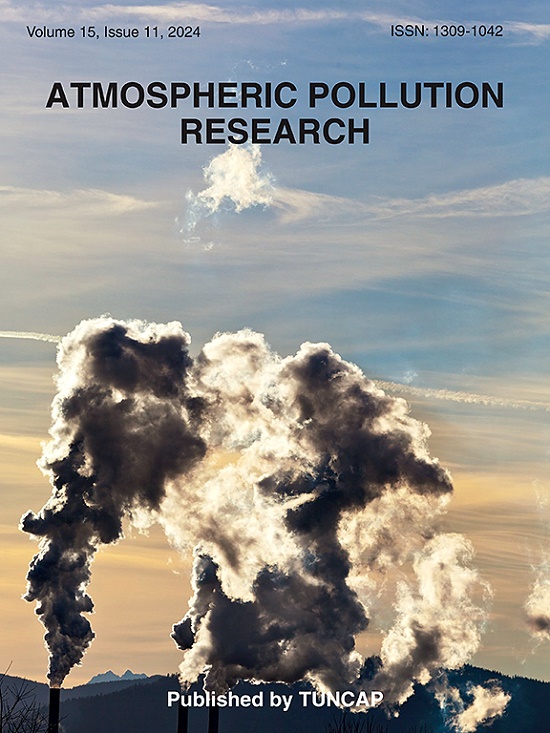Sulfur dioxide concentrations forecasting using a deep learning model in Quintero, Chile
IF 3.5
3区 环境科学与生态学
Q2 ENVIRONMENTAL SCIENCES
引用次数: 0
Abstract
Close to Quintero, a Chilean coastal city, located 160 km northwest of Santiago, a highly concentrated accumulation of industries generate high levels of atmospheric pollution which significantly affects the quality of life of its rural and urban population. The industrial complex, alongside other smaller industries, is home to an oil refinery, a copper foundry and 3 coal power plants. Sulfur dioxide (SO2) frequently exceeds international and national standards in the area. Episodes of fainting and poisoning associated to high levels of SO2 have been reported in Quintero. Due to this situation, it is highly relevant to develop a sulfur dioxide forecasting model which may be used as a tool to warn authorities and the local population about unfavorable air quality conditions. Three SO2 forecasting models for the city of Quintero based on Machine Learning Techniques have been implemented: a Random Forest model, a Deep Learning Feed Forward model (DFFNN) and a Convolutional Long Short Term Memory (LSTM) Deep Learning model. The goal was to forecast the maximum of the hourly average value of SO2 for the first 12 h of the following day based on information available during the present day. The LSTM model gives the best results with a 78 % accuracy.
在智利金特罗使用深度学习模型进行二氧化硫浓度预测
在圣地亚哥西北 160 公里处的智利沿海城市金特罗附近,高度集中的工业聚集产生了严重的大气污染,严重影响了城乡居民的生活质量。除其他小型工业外,该工业区还拥有一家炼油厂、一家铜铸造厂和三家煤电厂。该地区的二氧化硫(SO2)经常超过国际和国家标准。据报道,金特罗曾发生过因二氧化硫浓度过高而导致昏厥和中毒的事件。在这种情况下,开发一个二氧化硫预报模型就显得尤为重要,该模型可作为一种工具,在空气质量状况不佳时向当局和当地居民发出警告。我们基于机器学习技术为金特罗市开发了三种二氧化硫预报模型:随机森林模型、深度学习前馈模型(DFFNN)和卷积长短期记忆(LSTM)深度学习模型。目标是根据当日可用信息,预测次日前 12 小时二氧化硫小时平均值的最大值。LSTM 模型以 78% 的准确率取得了最佳结果。
本文章由计算机程序翻译,如有差异,请以英文原文为准。
求助全文
约1分钟内获得全文
求助全文
来源期刊

Atmospheric Pollution Research
ENVIRONMENTAL SCIENCES-
CiteScore
8.30
自引率
6.70%
发文量
256
审稿时长
36 days
期刊介绍:
Atmospheric Pollution Research (APR) is an international journal designed for the publication of articles on air pollution. Papers should present novel experimental results, theory and modeling of air pollution on local, regional, or global scales. Areas covered are research on inorganic, organic, and persistent organic air pollutants, air quality monitoring, air quality management, atmospheric dispersion and transport, air-surface (soil, water, and vegetation) exchange of pollutants, dry and wet deposition, indoor air quality, exposure assessment, health effects, satellite measurements, natural emissions, atmospheric chemistry, greenhouse gases, and effects on climate change.
 求助内容:
求助内容: 应助结果提醒方式:
应助结果提醒方式:


